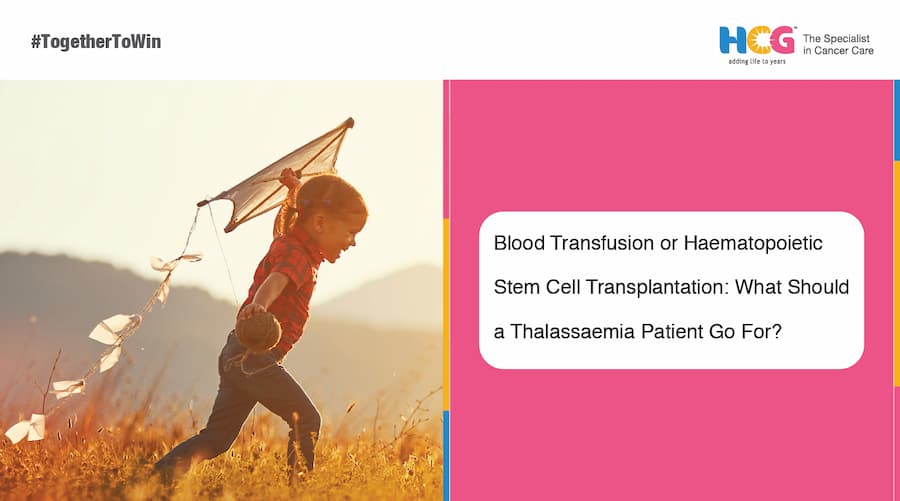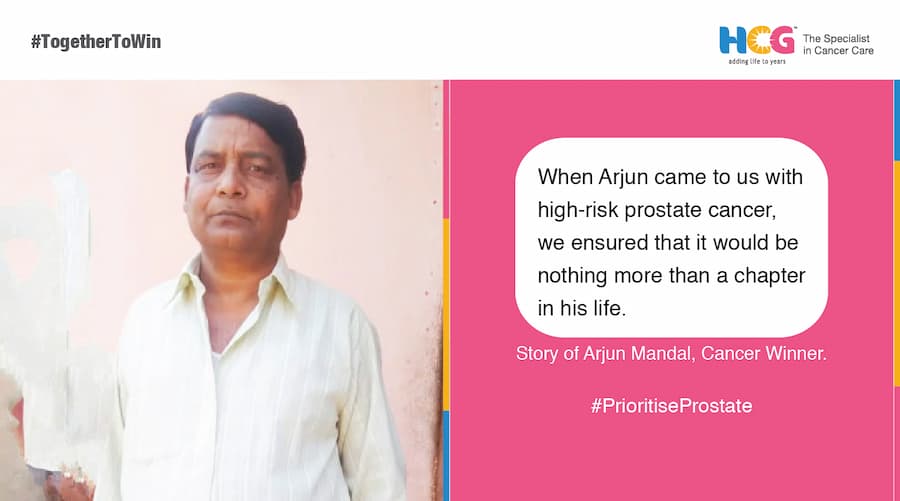
25 Jan, 2022

25 Jan, 2022
In recent years, the diagnosis of genetic disorders is gradually raising. Thalassaemia is one such blood-related genetic disorder wherein the haemoglobin produced by the body is faulty and insufficient. This leads to excessive destruction of the red blood cells, which contain haemoglobin, thus leading to serious health complications.
India is touted to be “the thalassaemia capital of the world” with over 40 million carriers for thalassaemia. In India, about 10000 children are born with thalassaemia every year.[1] Over one lakh patients lose their lives even before they turn 20 due to delayed diagnosis and reduced accessibility to necessary treatments.[2]
The conservative management of thalassemia involves life-long blood transfusions along with iron chelation therapies. However, over the past few years, bone marrow transplantation or haematopoietic stem cell transplantation has been found to be a promising treatment modality with higher cure rates and reduced side effects.
Generally, patients suffering from severe thalassaemias are treated with life-long blood transfusions to maintain healthy haemoglobin levels. This is necessary to ensure oxygen supply to the entire body, promote normal growth and reduce organ damage. However, repeated blood transfusions lead to increased iron accumulation in the body. Excessive iron damages organs such as the heart, liver, and pancreas. Hence medicines, known as iron chelators, have to be given along with the transfusion to prevent health complications caused due to the iron accumulation in various organs. The frequency of blood transfusion depends on the severity of the condition; patients with thalassaemia major undergo transfusion once every 2 to 4 weeks, while those with thalassaemia intermedia may have a much lower requirement for blood transfusions.
Although blood transfusion improves the survival rate remarkably, it is associated with problems such as the increased risk of infections caused due to blood-borne microbes, allergic reactions triggered due to transfusion, alloimmunisation. In addition, lifelong blood transfusions are associated with a significant burden to the patients and their families and similar to other chronic diseases, patients find it difficult to maintain perfect compliance to lifelong treatment.
Since blood transfusion is required throughout the life for thalassaemia patients, it can end up becoming a financial burden to both patients and their caregivers in the long run. Frequent transfusions, having no cure and the treatment expenses altogether negatively impact the quality of life as well.
Allogenic haematopoietic stem cell transplantation, which is commonly known as bone marrow transplantation (BMT), is considered to be the only cure for thalassaemia, especially for thalassaemia major. HSCT involves the transplantation of stem cells from a donor who has the same type of Human Leukocyte Antigen (HLA) – a special protein on the cell surface, as that of the patient.
Initially, the stem cells could only be donated by fully-matched siblings. However, recent advancements have facilitated transplantation through donor types such as matched unrelated donors and mismatched donor with successful clinical outcomes.
The key advantages of HSCT are:
Despite being an effective treatment modality, HSCT is not considered by many due to misconceptions about the procedure being more complicated and expensive than transfusion. Nonetheless, creating awareness among the masses on HSCTs efficacy and its impact on the quality of life could be helpful. In other words, as the only established curative therapy which is available in India, haematopoietic stem cell transplantation should be increasingly used to give a new lease of life to thalassaemia patients.
At HCG, we have the largest pool of bone marrow transplant specialists and we have performed more than 1200 successful bone marrow transplants. At HCG Cancer Centre, patients are given personalised treatment, which helps us address all major haematological disorders the right way, the first time.
